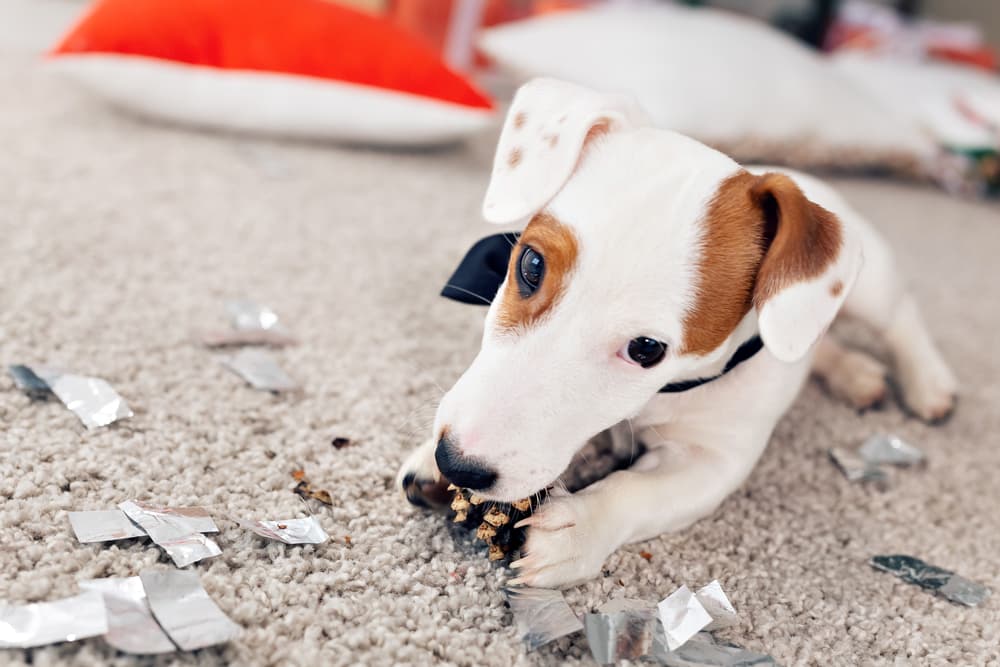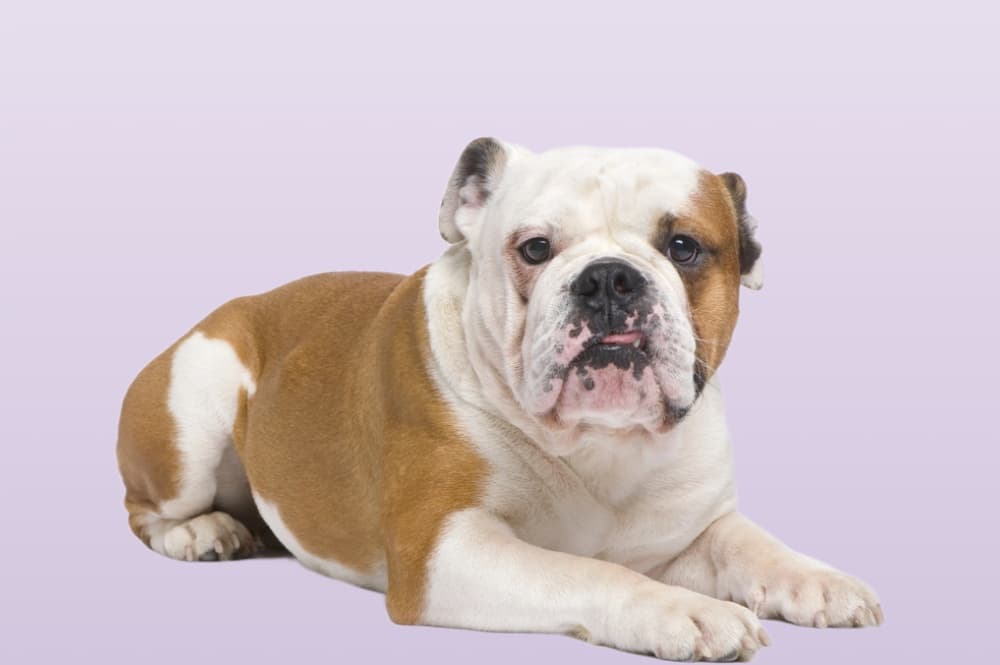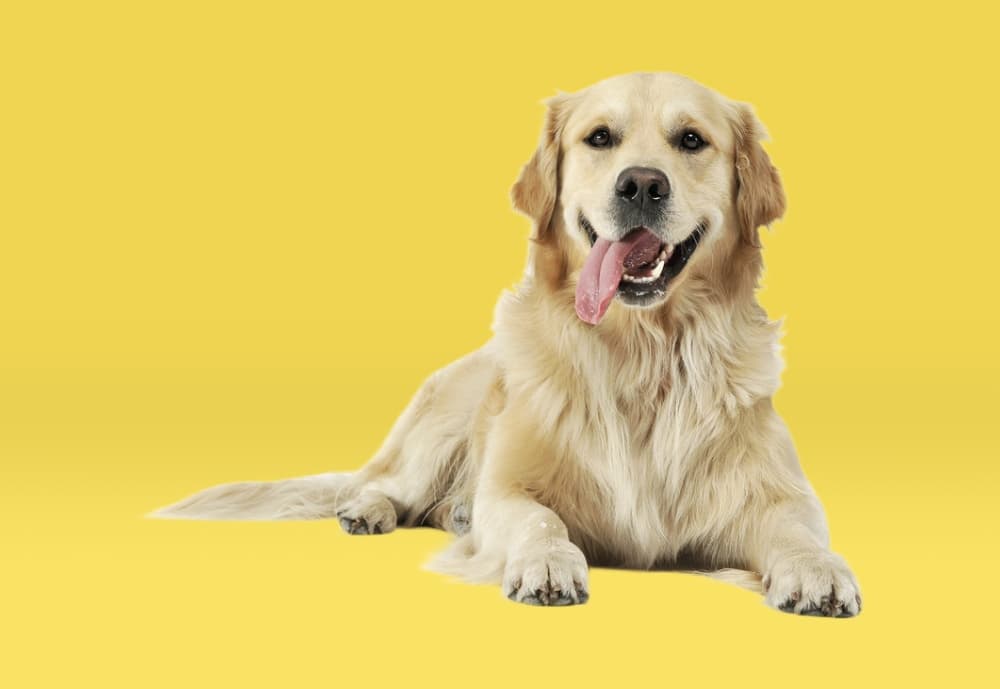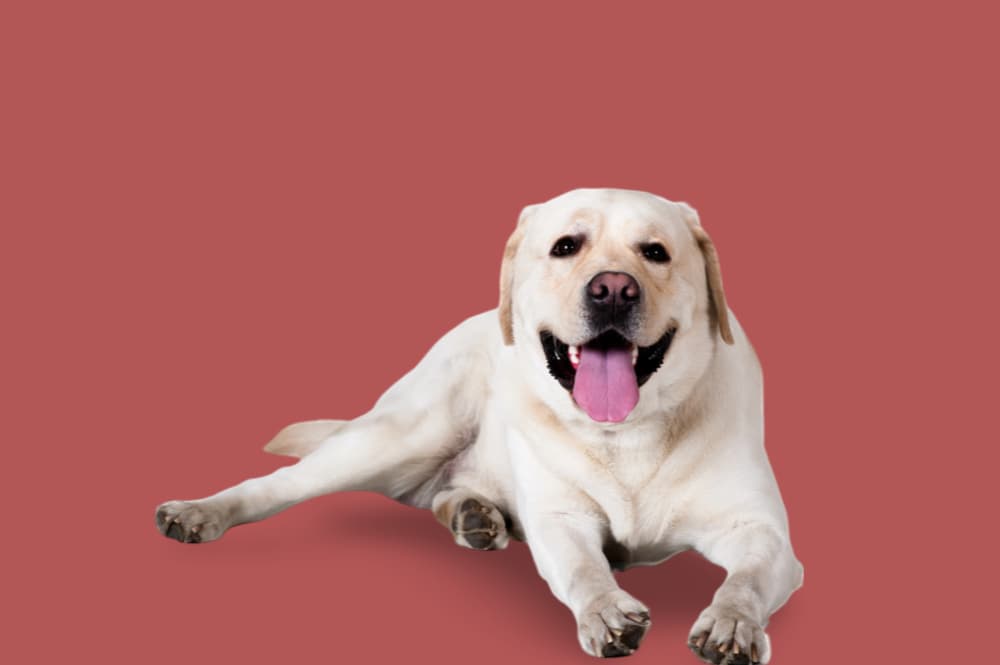
Intestinal Foreign Bodies

Our guide has been authored by qualified veterinarians, but should not be taken as substitute for medical advice or professional veterinary consultation. If your pet displays any unusual symptoms, we strongly advise seeking guidance from a veterinarian
Understanding Intestinal Foreign Bodies in dogs
Foreign body obstruction refers to a condition where a dog’s digestive system is blocked by a foreign object swallowed by the dog. This object can become lodged in the throat, stomach, or intestines, causing an obstruction that prevents the proper passage of food and fluids through the digestive system, or worse, perforating the walls of the digestive system and causing leakage of contaminated material into the abdominal cavity. Without prompt treatment, this condition can lead to severe complications and become life-threatening.
Intestinal Foreign Bodies's Causes: Uncovering Triggers
- The insatiable appetite of dogs – some foreign bodies are simply tempting: bones from animals, fallen fruits and nuts, chewed-up toys with stuffing, etc.
- Natural curiosity – dogs are known for their curious nature and tendency to explore their environment by sniffing, chewing, and sometimes swallowing objects and bones they shouldn’t. Some breeds are especially prone to this behavior, such as Golden Retrievers, Labrador Retrievers, Jack Russell Terriers, and Dachshunds.
- Chronic digestive system disorders – which can also lead to swallowing foreign objects from the environment.
 Recognizing Intestinal Foreign Bodies: Signs and Symptoms
Recognizing Intestinal Foreign Bodies: Signs and Symptoms
- Frequent vomiting: This is the most common and prominent sign for most cases. Vomit may contain food particles, yellow or bloody fluid, or, sometimes, there may be attempts to vomit without material expulsion.
- Loss of appetite: Disinterest in food or a decrease in appetite.
- Abdominal pain: Manifesting as discomfort, bloated abdomen, pain, and sensitivity to touch in the area.
- Diarrhea: In small amounts, constipation, or changes in bowel movements.
- Fatigue and weakness: These dogs may become lethargic, low energy, weak, or subdued.
- Dehydration: Due to prolonged vomiting and decreased water intake, resulting from loss of appetite. Signs of dehydration include dry gums, sunken eyes, and decreased skin elasticity.
- Increased drooling: Due to nausea and discomfort caused by the obstruction.
The signs will vary depending on the location of the object and the severity of the obstruction and may not always appear together.
 Intestinal Foreign Bodies Diagnosis: How it's Identified
Intestinal Foreign Bodies Diagnosis: How it's Identified
After discussing the clinical signs with the dog owners and checking for any missing items in the home, the veterinarian will proceed with a physical examination, including palpation of the abdomen and rectal examination. In some cases, especially in thin and small dogs, a foreign body may be palpable in the abdomen. X-rays are relatively efficient tools for detecting foreign bodies in the digestive system—some foreign bodies show up well on X-rays and can be seen (mostly metals), but even if the item itself is not visible, a “pattern of obstruction” can be distinguished—a segment of the digestive system that is swollen with gas and suggests an obstruction. There is also the option of giving a barium meal that fills the intestines with a contrasting substance visible in X-rays, followed by a series of X-rays over several hours to ensure the material passes properly. Its retention on the way can certainly indicate an obstruction. An ultrasound is usually performed after X-rays and in cases where X-ray images are not conclusive or the foreign body is not visible.
 Treating Intestinal Foreign Bodies: Options and Approaches
Treating Intestinal Foreign Bodies: Options and Approaches
Conservative treatment – in some cases where the foreign object is small enough, does not cause complete obstruction, does not have significant potential for damage, and the dog is stable without signs of distress, veterinarians may attempt a more conservative treatment, including giving fluids, while closely monitoring the progress of the object through imaging tests.
Endoscopy – a highly useful tool that allows the removal of foreign bodies without the need for abdominal opening and through a fiber-optic instrument with a camera and forceps inserted through the mouth under full anesthesia. The limitations are that it is suitable for removing relatively small to medium foreign bodies that cannot injure the esophagus on their way out, and those limited to the stomach and the beginning of the intestines.
Surgical intervention – if the foreign object cannot be safely removed or if the dog’s condition worsens, surgical intervention is usually required—opening the abdomen to locate the foreign body in the digestive system and then remove it. Sometimes, a cut in the area of obstruction can be made to remove the foreign body, but sometimes damage to the digestive system is so severe due to impaired blood supply that intestine resection is required.
Post-surgery treatment – after surgery, the dog will require pain management, antibiotics, and protectants for the digestive system.
Intestinal Foreign Bodies: Surprising Facts

The most common items swallowed are food remnants, rubber dog toys, and strings or balls.

The record holder in the field is a Thai Bulldog that underwent a one-day surgery to remove 32 rubber ducks from its digestive system... and recovered easily.

Macy the poodle swallowed a 20 cm kitchen knife. She was rushed to the emergency center, where she was successfully operated on. The knife handle was already in the stomach, while the blade was pointing towards the intestine. Fortunately, it was not cut at all.
 Vet's Tip: Dealing with Intestinal Foreign Bodies
Vet's Tip: Dealing with Intestinal Foreign Bodies
It is very important to be cautious with certain items that pose a choking hazard to young dogs, especially—mostly socks and underwear from the laundry basket, rubber toys, and stones. You probably know to completely avoid giving cooked chicken bones that can cause serious injury to the intestine. It is also better to avoid beef or pork bones because sometimes dogs swallow them whole, causing severe blockages and choking due to pressure on the throat.




Price Tag

Latest in Research and Treatments
Bones stuck in the esophagus are one of the most serious troubles—they can cause obstruction, damage to the esophagus, and sometimes even immediately life-threatening conditions due to choking. The way to get these bones is through urgent endoscopic treatment. The problem is that sometimes pulling the bones outwards, against the direction of normal movement, can cause severe damage to the esophagus up to its tearing (perforation), which is a very problematic condition to correct. A study conducted in 2022 found that in many cases it is preferable to push the stuck bone forward, to the stomach, and then try to get it out using endoscopic tools, even if there is a potential risk that it will not come out. Alternatively, the bone may be left to dissolve.The esophagus can withstand the pressure from the front much better than pulling against its normal direction of movement.
dogs breeds Prone to Intestinal Foreign Bodies
Did you know?
Enrolling in Animalia Pet Insurance
while your pet is healthy is a wise decision.
Waiting until a disease develops means it won't be covered.










